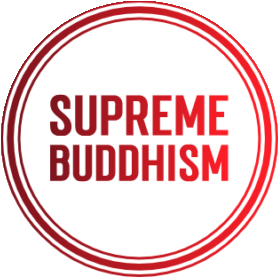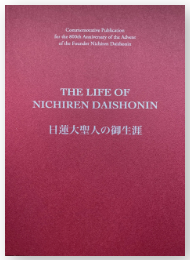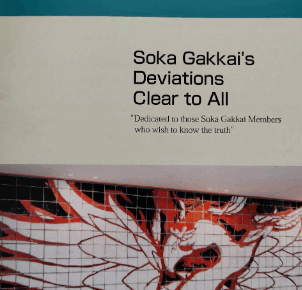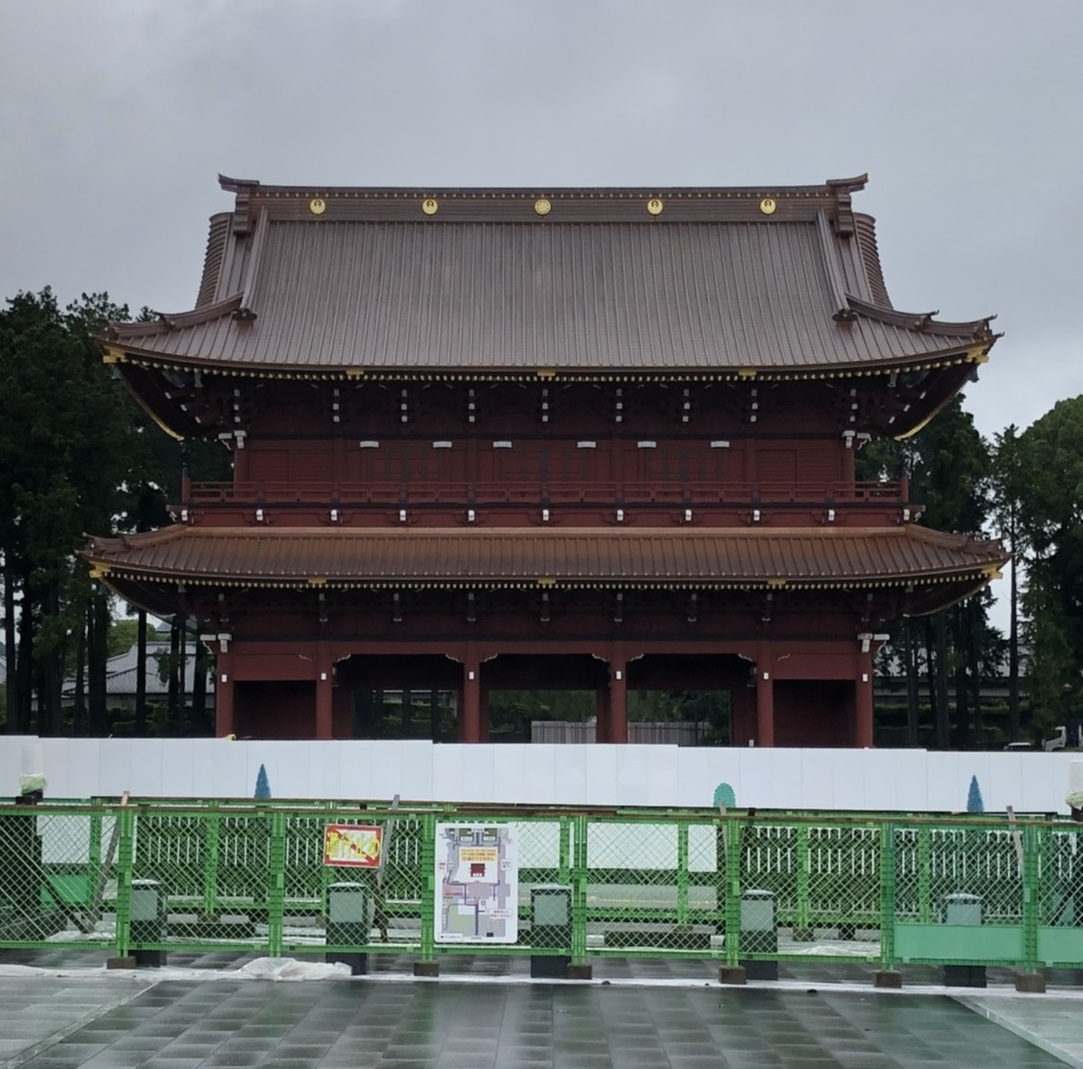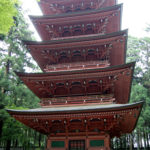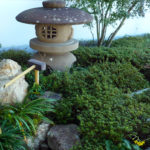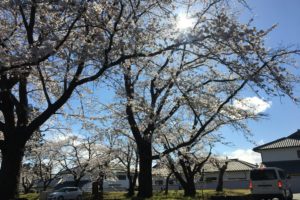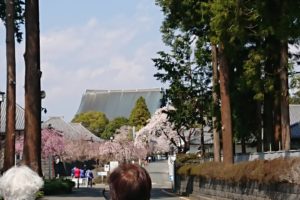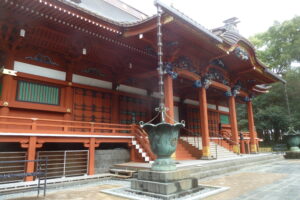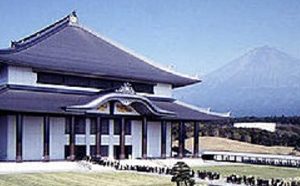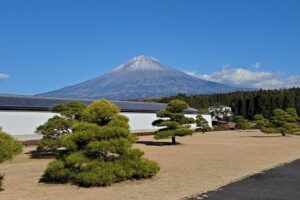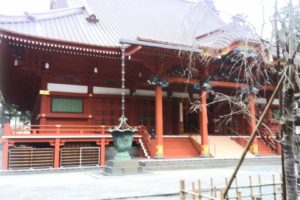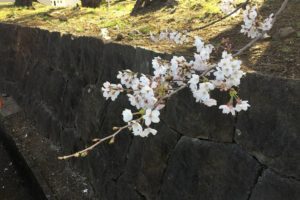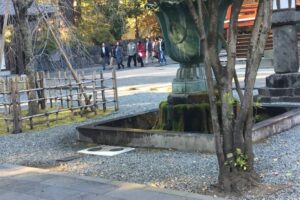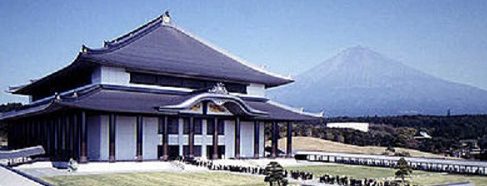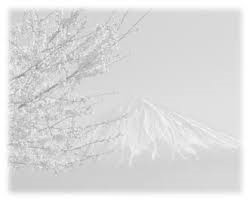Explaining the Legitimacy of Remonstrating against the Nation
Nichiren Daishonin wrote the treatise, “On Securing the Peace of the Land through the Propagation of True Buddhism” (Rissho ankoku-ron), to eliminate heresy, to propagate the Three Great Secret Laws, and to bring forth peace and tranquility to the nation.
In the Rissho ankoku-ron, the Daishonin primarily denounced the Nembutsu sect.This sect based its doctrine on the three Pure Land sutras and characterized itself as the Pure Land teachings (Jodo-mon).The Nembutsu sect also taught that its teachings were the Easy-to-Practice way (igyo-do) and the correct practices (shogyo).It defined all entities other than its own sect as the Sacred Way teachings (Shodo-mon), the Difficult-to-Practice way (nangyo-do) and the incondite practices (zogyo), and it promoted the slanderous practices to “discard, close, ignore and abandon” the Lotus Sutra. The Nembutsu sect cultivated hatred towards this Saha world, where we reside, by characterizing it as a defiled realm of suffering. Its doctrines promoted rebirth in the world of Amida Buddha, in a land in the western direction, beyond the infinite distance of one trillion realms.The people of Japan at that time were suffering from starvation, epidemics and rebellions. dependent, people who sought emancipation from the harsh realities of everyday life easily embraced this religion, which promoted an escapist agenda from reality. However, the Nembutsu sect was itself the source of evil.
The treatise, “On Securing the Peace of the Land through the Propagation of True Buddhism” (Rissho ankoku-ron), used a simple question-and-answer format between a host and a guest to denounce heresy, so that it could clearly reveal that the cause for all human suffering was the existence of the Nembutsu sect and all other erroneous religions.The host represented Nichiren Daishonin, embracing the standpoint of our Buddhism, and the guest symbolized the other sects.
Today, I will focus on the sixth stage of the question-and- answer exchange between the host and the guest.
In the stage six, Nichiren Daishonin explained the legitimacy of remonstrating with the national government.
The guest was angered when the host told him that the fundamental cause for the chaotic state of Japan of the question-and-answer exchange between the host and the guest. However, the host’s logical explanation in the question-and-answer exchange in the previous section of the treatise (stage 5) somewhat mollified the guest.However, he was the people’s adherence to Honen’s Nembutsu. was still not convinced of the significance of remonstrating with the nation in order “to eliminate Honen’s Nembutsu and to embrace the singular truth of the Lotus Sutra” (the Three Great Secret Laws), as presented by Nichiren Daishonin. The guest remained skeptical because he perceived that even though there were numerous religions in Japan led by priests who seemed to be superior to the host, not one of them had ever submitted a remonstration against the national government calling for the elimination of the Nembutsu.
The Importance of Embracing True Buddhism and not Being Swayed by Superficiality
In his Gosho, “The Three Divisions Propounded by Shubhakarasimha. (Zenmui sanzo sho), Nichiren Daishonin wrote:
Nichiren is the son of humble fisher folk, living amongst the rocks by the ocean, in Tojo, in Awa Province.
The Daishonin was born as the child of poor fisherfolk in Awa (presently Chiba prefecture), He wore humble garb and, on the surface, did not look like an exalted priest.The Daishonin’s advent into this world as a common mortal held profound significance in his position as the True Buddha of the Latter Day of the Law.However, people in society were unaware of such significance and judged others by their superficial characteristics.
The host ad dressed this erroneous conduct in the sixth stage of the Rissho ankoku-ron. First, he humbly stated that he was “a person of little ability.” He further indicated that he had fortunately studied Mahayana Buddhism. He likened his situation to that of an insignificant blue fly, which can travel great distances a: day (literally 10,000 ri 25,000 miles) if it clings to the tail of a horse. He presented another example by stating that ivy is. unable to independently grow tall, but it is capable of twining around a pine trunk to reach tremendous heights.
The Daishonin showed his humility in these passages. The “blue fly”and “ivy” signified common mortals and the horse that can run long distances and the pine tree denoted the True Buddhism of the Three great Secret Laws. In other words,he taught us that even common mortals are capable of embracing True Buddhism by upholding the True Law.
Moreover, in his Gosha, “his Gosho,”On Prayer” (Kito sho), the Daishonin wrote:
One does not threw away gold because the bag that holds it is dirty.(Gosho, p. 630, MW-7, p. 46)
It would be foolish, indeed, to discard valuable gold, even if the bag that contains it is filthy. In the same way, it is essential not to judge people by superficialities.very, we must carefully examine the true contents of the Three Great Secret Laws, which are compared to gold in this example, and work to uphold, and not discard them.
This means that, regardless of family lineage and wealth, we will be able to manifest the virtues of the Buddha by upholding the Three Great Secret Laws and practicing seriously and sincerely.
Doing Shakubuku Qualifies One to be a True Disciple of the Buddha. D
uring the Daishonin’s lifetime, the people never sought to believe in the True Buddhism of the Three Great Secret Laws. As a result, heretical teachings permeated society and conditions grew increasingly distressful.The host was extremely alarmed to witness this decline of True Buddhism.To describe his sentiment, he referred to the following passage in the “Long Life” (“Choju”) chapter of the Nirvana Sutra:
If even a good priest sees someone slandering the Law and disregards him, failing to reproach him, to oust him or to punish him for his offense, then that priest is betraying Buddhism.But if he takes the slanderer severely to task, drives him off or punishes him, then he is my disciple and one who truly understands my teachings.(Gosho, p. 243; MW-2, p. 30)
This means that we will become the enemies of True Buddhism, if we do not shakubuku the numerous people around us, who as yet do not embrace Nichiren Shoshu Buddhism. Let us courageously perform shakubuku, with the conviction that shakubuku, indeed, is the compassionate deed of those who serve the Buddha.
The “Teachers of the Law” (“Hosshi”; tenth) chapter of the Lotus Sutra expounds the Three Rules of Preaching, for the propagation of Buddhism after the passing of Shakyamuni. Then consist of the robe, the throne, and the room.The Daishonin addressed this issue in the “Record of the Orally Transmitted Teachings” (Ongi kuden):
The robe of the Tathagata refers to the armor of perseverance, which is gentle and forbearing.The throne of the Tathagata means to preach the Law selflessly, devoid of egocentricity, and caring nothing for one’s body or life but anxious only for the unsurpassed Way, cognizant that all phenomena are without substance.The room of the Tathagata means to preach with that mercy and compassion derived from faith as the foundation, which is likened to a mother’s pure love for her child.(Gosho, p.1750)
Therefore, the robe indicates the manner in which one endures even the rude behavior of others to propagate True Buddhism.The throne describes the manner in which one remains objective and does not begrudge his life to spread True Buddhism.The room represents the manner in which one propagates True Buddhism with great compassion, in an effort to save people.
Let us all exert forth our utmost efforts to pray for the true happiness of all people and to propagate Nichiren Shoshu Buddhism , by not begrudging our lives for this cause, even if we must endure great hardships and suffering.
At the present time, we can best uphold the Daishonin’s spirit of the Rissho ankoku-ron by steadfastly doing shakubuku on those who follow the Soka Gakkai.
At the time the Daishonin wrote his treatise,
“On Securing the Peace of the Land through the Propagation of True Buddhism” (Rissho ankoku-ron),
the Nembutsu sect was the root cause of suffering and misfortune. Today, the source of such suffering and misfortune is the Soka Gakkai , which continues its slanderous assault on Nichiren Shoshu.There, the most vigorous denunciation of the Soka Gakkai is, indeed, the most appropriate activity at this time to uphold the spirit of the Rissho ankoku-ron, which is to eliminate heresy and to establish True Buddhism to bring peace and tranquility To the nation.
Humankind has fought numerous wars in history.It would behoove us to create a peaceful world with no conflicts.
True peace cannot be achieved unless we propagate Nichiren Daishonin’s True Buddhism of the Three Great Secret Laws.As humans, we all possess the three poisons of greed, anger and stupidity.Only the True Buddhism of the Three Great Secret Laws is capable of cleansing away these three poisons.There, it would be impossible for us to actualize world peace without propagating Nichiren Shoshu Buddhism.
